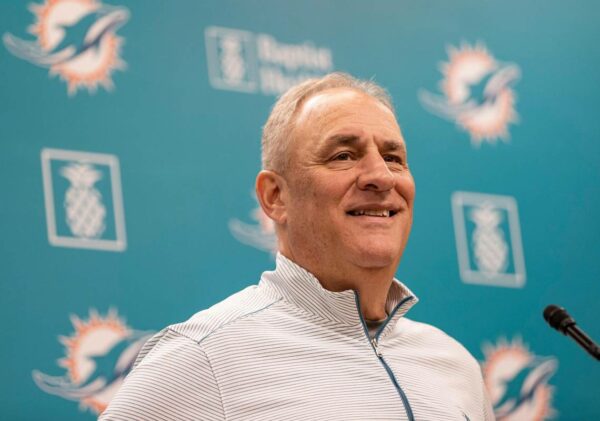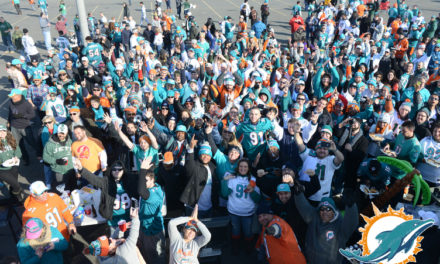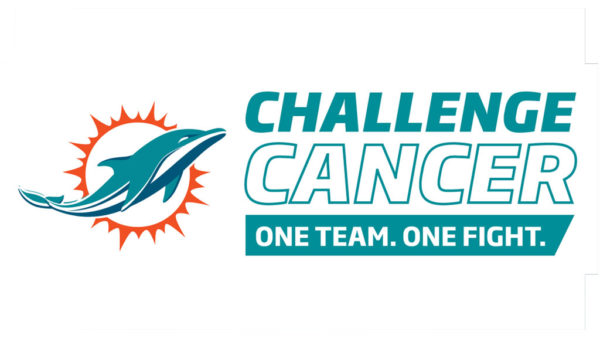
When offensive guru Mike McDaniel was hired as the Miami Dolphins head coach, many were excited to pair a new and improved offense with a defense that had shown great promise the previous two years. Although the mastermind behind that defense, Brian Flores, had left the team, his right-hand man and defensive coordinator, Josh Boyer, was still around and could continue the blitz-heavy scheme that had seen serious promise over the last two years.
Mike McDaniel held up his end of the bargain, delivering a high-powered offense that left fans in awe with its remarkable potential and surpassed any offense the Dolphins had produced in many years. Josh Boyer fell short of delivering a defense that many hoped would build on previous years’ momentum.
Teams were no longing crumbling under the pressure of the heavy blitzes. What used to be a strength of the Dolphins’ defense, creating turnovers now became a weakness. The Dolphins were ranked 30th in defensive takeaways in the 2022 season.
The Dolphins’ defense had the talent to work with as well. Cornerbacks Xavien Howard and rookie standout Kader Kohou defended their man despite Boyer often not giving them any safety help. Other notable defensive talents: rising star safety Jevon Holland, young pass rusher Jaelen Philips, dominant defensive tackle Christian Wilkins, and mid-season acquisition Bradley Chubb.
🔥NEW🔥 https://t.co/jTLjtUE3tr Podcast with Mike and @RobertBurnsTV https://t.co/Ge0VlZWS62
— DolphinsTalk.com (@DolphinsTalk) March 25, 2023
Boyer did not make the most of the talent on the roster, which led Mike McDaniel to move on from him in the offseason. Although Boyer did not meet expectations, many worried about who the next defensive coordinator would be. Mike McDaniel wasted no time and brought in defensive mastermind Vic Fangio to take over the Dolphins’ defense.
Who is Vic Fangio? The first thing to know about Fangio is that the scheme he created is now the most widely used scheme across the league. His scheme emphasizes disguises and forces offenses to play conservatively until they get too eager and make a mistake. Coaching in the NFL for over 20 years has seen Fangio go from many different teams and build solid units multiple times. His most notable defenses are the 2012 49ers, 2018 Bears, and 2021 Broncos.
The San Francisco 49ers had a stellar 2012 season marked by the immovable defense. Head coach Jim Harbaugh appointed Vic Fangio to run the defense that ended the season ranked second in points allowed per game, second in total points allowed, fourth in rushing yards allowed, and fourth in passing yards allowed. A defense loaded with talent that Fangio took full advantage of.
Fangio’s tenure as the defensive coordinator of the Chicago Bears in 2018 was marked by exceptional defensive performance—his defense dominated by leading the league in turnovers forced (36) and interceptions (27). Furthermore, the Bears’ defense earned high rankings in multiple other key categories, such as third in total defense, second in yards per play allowed, and first in scoring defense.
Vic Fangio also had a stint as head coach of the Denver Broncos. The team’s success was lacking, especially on offense, but defensively the Broncos were very good. Notably, in 2021 the Broncos’ defense ranked third in points allowed; they held opposing teams to a sixth-best passer rating of 85.0 and a solid eighth-place finish in yards allowed.
When Fangio was fired as head coach of the Broncos, it was because he could not put together an offense. Fast forward to now, and Mike McDaniel’s pursuit of hiring Vic Fangio makes a lot of sense. Hiring him could single-handily turn around the defense.
Trading for superstar cornerback Jalen Ramsey gives Vic Fangio even more pieces to work with. Given Jalen Ramsey’s versatility, Fangio will be able to use a plethora of defensive disguises that will give opposing coaches nightmares to scheme against.
The entire NFL knows that Vic Fangio is one of the best defensive minds in football. His ability to bring the best out of his defensive talent is second to none. Experience goes a long way when it comes to coaching, and Fangio has more than enough to greatly improve this defense and make it a cohesive unit.













